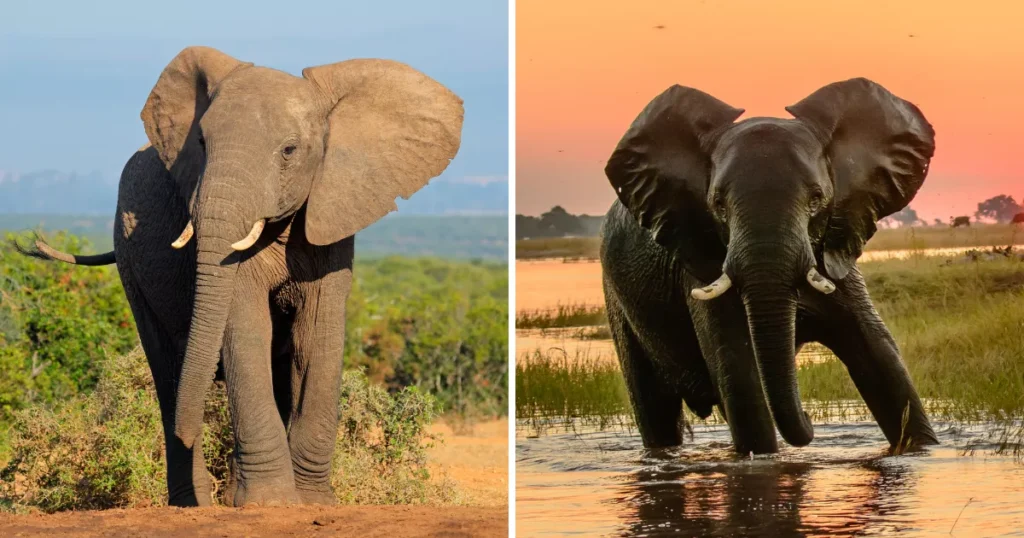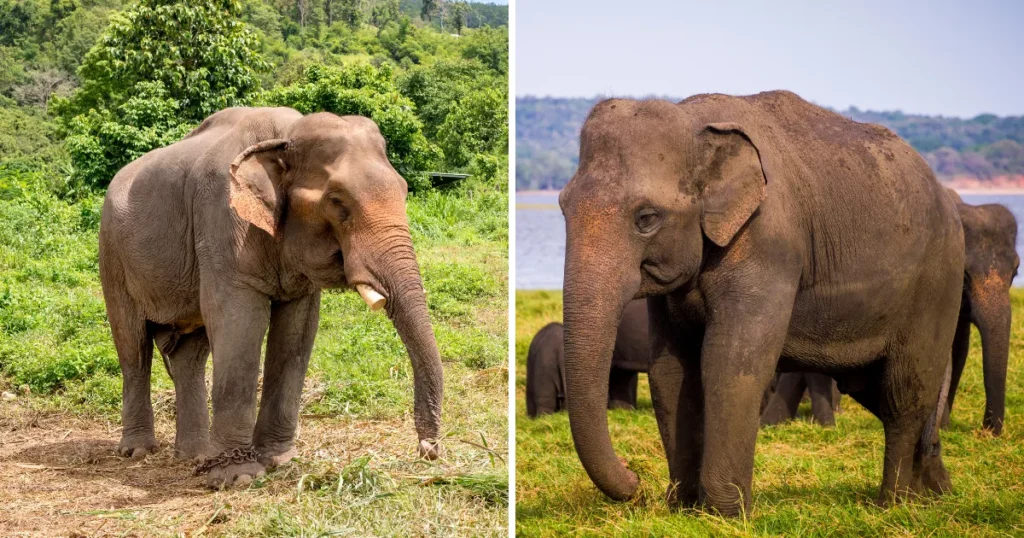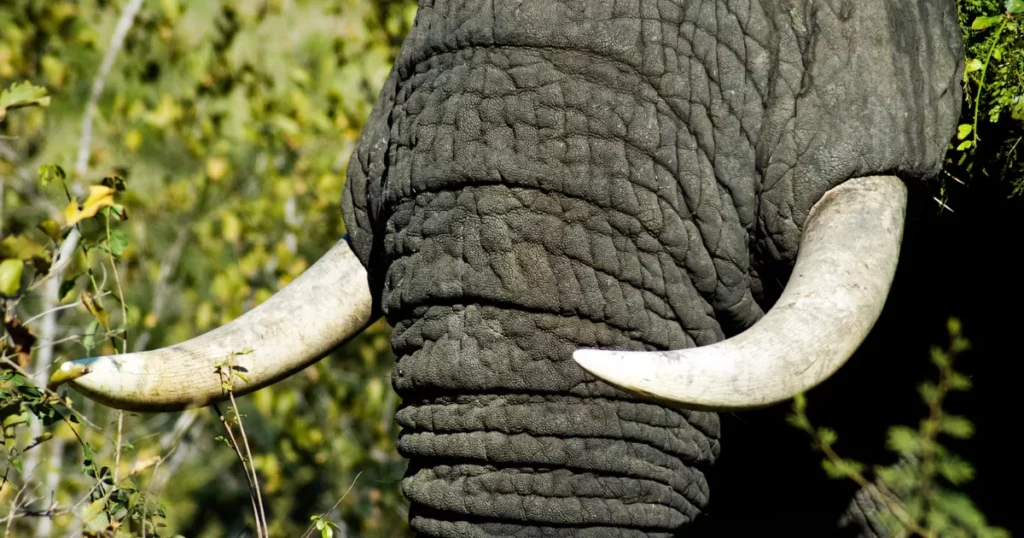The world of elephants is both magnificent and awe-inspiring. These majestic creatures have roamed our planet for millions of years, becoming an integral part of the ecosystems they inhabit. The two most prominent species that captivate our imaginations are the African and Asian elephants. A significant distinction between the two, beyond their geographic locations, is their average weight.
Let’s dive deep into understanding this difference, peppered with examples of specific elephants that have become famous for their stature and stories.
African Elephants

Average Weight: Female African elephants typically weigh between 5,000 to 8,000 lbs (2,268 to 3,629 kg), while males can range anywhere from 10,000 to 14,000 lbs (4,536 to 6,350 kg).
1. Tembo
Hailing from the plains of Maasai Mara in Kenya, Tembo weighed an impressive 12,000 lbs (5,443 kg). His mammoth size was only overshadowed by his long, spiraled tusks which curved magnificently towards the ground.
2. Naledi
Naledi, whose name means ‘star’ in the local Setswana language, was a female elephant famous for her nurturing nature. Weighing around 6,500 lbs (2,948 kg), she was often seen guiding younger elephants to water sources, playing a pivotal role in her herd’s well-being.
Asian Elephants

Average Weight: Female Asian elephants have an average weight that ranges between 4,500 to 6,000 lbs (2,041 to 2,722 kg). In contrast, the males weigh between 6,000 to 11,000 lbs (2,722 to 4,990 kg).
1. Sundar
Sundar, from the tropical rainforests of Sumatra, stood tall among his peers, weighing in at a remarkable 10,500 lbs (4,763 kg). His size and strength made him the natural protector of his herd, as he would often be seen leading them through the dense foliage, clearing paths and ensuring their safety.
2. Lata
Lata, a graceful female Asian elephant, weighed approximately 5,000 lbs (2,268 kg). Hailing from the central highlands of Sri Lanka, she gained fame not just for her size but also for her intelligence, often showcasing her ability to solve problems and navigate challenges.
Distinguishing Features Beyond Weight
While weight is undeniably a substantial distinguishing feature when differentiating between African and Asian elephants, it’s just the tip of the iceberg. These majestic creatures have evolved over millennia to adapt to their specific environments, leading to distinct physical and behavioral differences that are as fascinating as they are significant.
Ear Size and Shape
One of the most noticeable differences between African and Asian elephants lies in their ears. African elephants have large, fan-like ears that are reminiscent of the African continent’s shape. These expansive ears serve a dual purpose. Firstly, they act as a cooling mechanism. The large surface area of their ears, laced with a network of blood vessels, allows them to regulate their body temperature efficiently. By flapping their ears, they can cool their blood and, consequently, their entire bodies. Secondly, the ears act as a form of intimidation. When threatened, an African elephant will spread its ears, making it appear even larger and more imposing to potential threats.
On the other hand, Asian elephants have smaller, more rounded ears. Their habitats, primarily the dense jungles of South and Southeast Asia, do not necessitate such large ears for temperature regulation. Moreover, the forests’ thick canopy provides shade, further reducing the need for expansive ears. Their ears, though smaller, still play a role in communication and body temperature regulation but to a lesser extent than their African counterparts.
Tusks: Symbols of Majesty and Controversy

Tusks, which are essentially elongated incisors, are another distinguishing feature between these two species. In African elephants, both males and females sport tusks. These tusks serve various purposes: they’re used for digging water holes, stripping bark off trees for food, and as formidable weapons during confrontations. Sadly, these tusks have also been the cause of their peril. The ivory trade has led to extensive poaching, endangering the African elephant population.
Asian elephants, in contrast, present a different tusk scenario. While male Asian elephants typically have tusks, the females usually don’t. Instead, female Asian elephants might have small tusk-like structures called ‘tushes’. These tushes are not as elongated or prominent as the tusks seen in males. In some cases, even the males might lack prominent tusks or have very short ones, further blurring the distinction. The presence of tusks in male Asian elephants has also made them targets for poaching, although not as extensively as the African elephant.
Trunk Tips
A less known but interesting difference lies at the tip of their trunks. The African elephant’s trunk ends in two opposing ‘lips’, making it adept at grasping, be it a tiny twig or a heavy log.
The Asian elephant, however, has a single ‘lip’ combined with a more elongated finger-like extension. This unique configuration is also efficient, especially in navigating the dense forests they often inhabit.
Conclusion
Both African and Asian elephants, irrespective of their average weight, play a crucial role in the environment by maintaining the balance of their respective ecosystems. As these elephants tread heavily yet gracefully upon the earth, they remind us of the diversity and grandeur of the natural world. It becomes imperative that we understand, respect, and conserve these magnificent creatures to ensure they continue to inspire future generations.